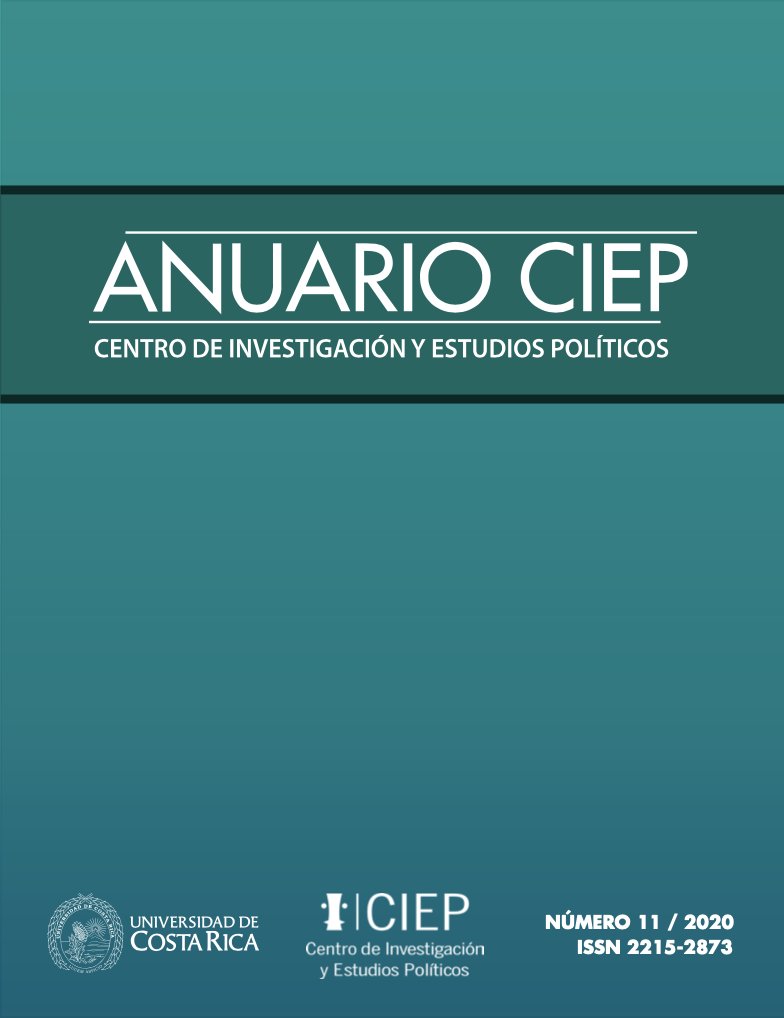Abstract
Talamanca is a border canton of Costa Rica that has been marked by a long history of appropriation and dispossession. First by the banana companies that installed an enclave system and recently by the processes of appropriation and circulation of knowledge that have occurred around the production of cocoa. This article seeks to study this process, specifically analyzing the role of international research organizations such as CATIE, whose interventions turned Talamanca, and especially the indigenous territories, into laboratories where knowledge and genetic material was extracted for the improvement of cocoa with the excuse of making it resistant to diseases and fungi. Talamanca was thus established as a laboratory for experimenting with clones and production strategies that sought to change the indigenous production mode to make it more competitive by following the logic of the market.

